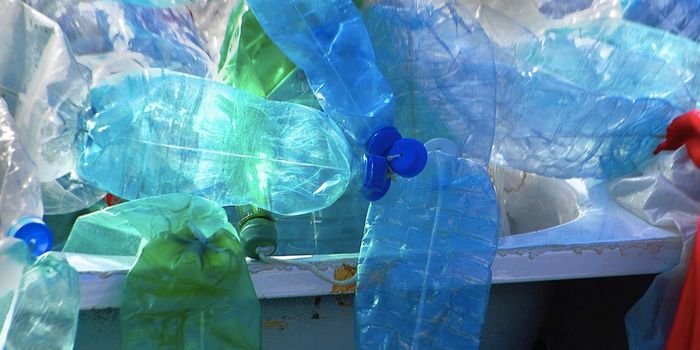Nuclear Science for Battling Climate Change
Although energy and industry sectors are often to blame for producing excessive greenhouse gas, agriculture, on the other hand, emits three major greenhouse gases through different activities: carbon dioxide (CO2), methane (CH4), and nitrous oxide (N2O).
Carbon dioxide is released through soil cultivation, while methane is associated with cattle and livestock manure. Attracting the least amount of attention so far, nitrous oxide emerges as the microbial degradation product of fertilizer and cattle feces.
These gases differ in their ability to trap heat: for the same mass, methane is more than 20 times as effective at trapping heat than carbon dioxide. Nitrous oxide is about 300 times as effective, making it the worst among the three greenhouse gas.
Nuclear science provides an effective method to keep track of the greenhouse gas emission: stable isotopes such as nitrogen-15 and carbon-13 in the gas molecules are unique isotopic markers that allow climate researchers to trace the movement and origin of the agriculture-associated emission. Mapping the three gases can help scientists develop the sustainable climate-smart agricultural practices.
Source: IAEA via Youtube








